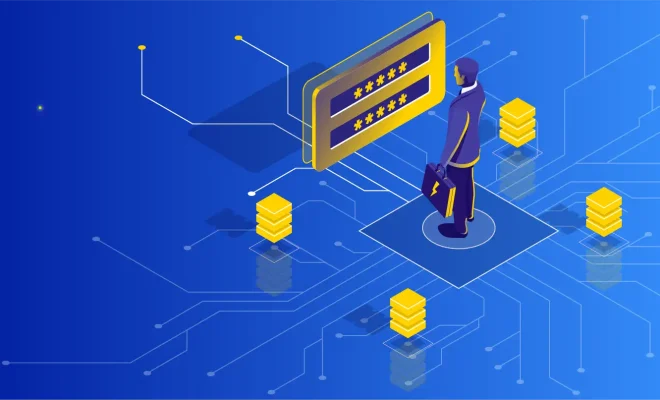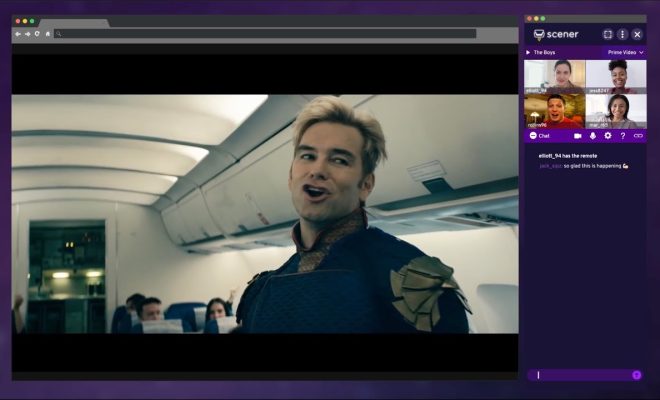What Is Windows Activation and How Does It Work?

Windows activation is a process that verifies whether a copy of the Windows operating system on a computer is genuine or counterfeit. It is a crucial part of the licensing agreement between Microsoft, the company that produces Windows, and the user who purchases and utilizes the software.
Activation is necessary to ensure that the copy of Windows being used is, in fact, a licensed and genuine version that was purchased legally. Windows activation also helps prevent software piracy and theft, which is a significant problem for Microsoft and other software developers.
Activation usually occurs automatically when a user installs Windows on a new computer, but there are times where additional activation steps may be needed. For example, if a user changes the hardware on their computer significantly, such as replacing the motherboard, this can trigger a reactivation process.
So, how does Windows activation actually work?
When you install Windows on a computer, a unique installation ID is generated based on various hardware components and system information. This ID is then sent to Microsoft’s servers, where it is checked against a database of known valid installation IDs.
This process is known as online activation, and it requires an active internet connection. If the installation ID is determined to be valid, Windows is activated, and the user can continue using the operating system. If the installation ID is found to be invalid or already in use, Windows may not activate, and the user will need to contact Microsoft to resolve the issue.
Microsoft also offers a phone-based activation option for users who do not have an internet connection or encounter issues with online activation. In this case, the user will be prompted to call a toll-free number provided by Microsoft and follow a series of prompts to activate their copy of Windows.
If a user attempts to use an unlicensed or pirated copy of Windows, they may be prompted to activate the software, but it will not be successful. Users who attempt to use counterfeit software will experience limited functionality and potential security risks.
In conclusion, Windows activation is a critical component of Microsoft’s licensing agreement, and it ensures that users who purchase and use the operating system are doing so legally. Activation works by verifying a unique installation ID against a database of known valid IDs, and it is typically done automatically on installation. If issues arise, phone-based activation is also available to users. Microsoft takes software piracy and theft seriously, and failure to activate Windows correctly can result in limited functionality and potential security risks.





